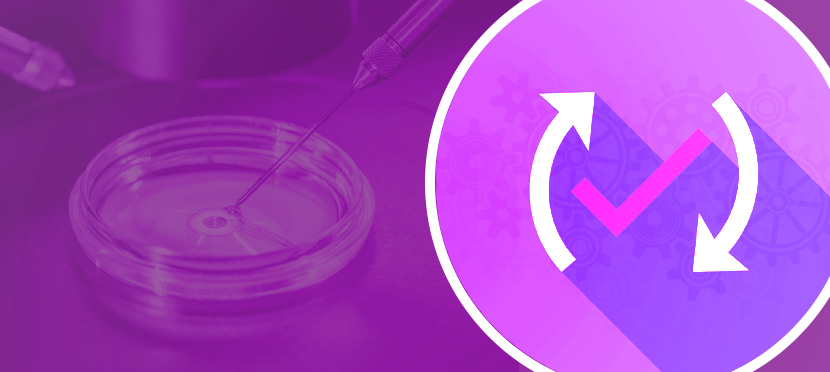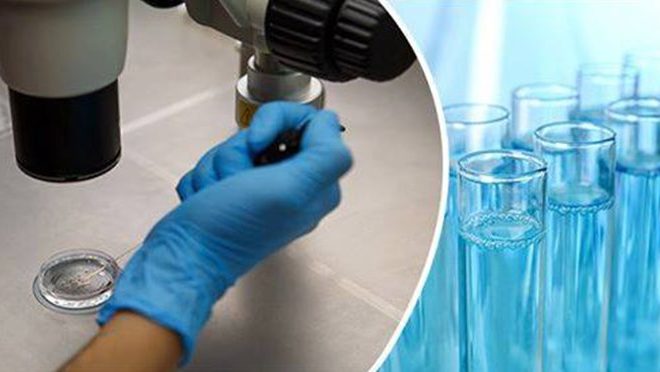Total Quality management system
The successful operation of an IVF laboratory requires dedicated quality control and assurance, implemented at the appropriate level. In recent times, we have witnessed an increasing complexity within the clinical IVF laboratory, with the rise in the number of ART cases, along with an increasing demand on the laboratory staff to ensure optimal functioning of the equipment and providing optimal conditions for the gamete and embryo culture, to maximise the chances of conception and live birth rate, thus there is a surge to maintain and follow quality guidelines.
Mistakes in reproductive medicine can be devastating and have long term consequences. It is therefore critical for IVF laboratories to implement and maintain the highest standard of quality. Thus quality and risk management are becoming hot topics today for those working in IVF clinics.
Areas of mishap:
The common areas prone to vulnerable errors are during the initial identification at gamete collection, embryo thawing, the inadequacy of a good labelling system, cryopreservation and lack of an electronic witnessing system.
Quality:
Quality care is an integral part of an IVF management to continuously improve the quality services and processes. Over the years, this concept of quality has become necessary especially in the healthcare sector, to maintain high standards of treatment.
Quality, in an IVF laboratory, is usually defined by the clinic’s success rates or by the inspections by the regulatory agencies or a lab’s ability to offer the latest technology. While these attributes are a vital part of a high quality laboratory, quality comprises other elements that are often overlooked.
Total Quality Management (TQM):
The basic requirement in an IVF laboratory is primarily to cater to the patients and physicians, including proper identification (ID), appropriate care of gametes and embryos, having clear communication, transparency, and use of procedures and techniques that are consistent with satisfactory outcomes.
Total quality management involves the following practices on a periodic basis:
∙ Auditing and inspections
∙ Standard Operating Procedure (SOP)
∙ Documentation Control
∙ Calibration of equipments
∙ Training
In order to have a continual goal of quality, it is essential to have a focused effort in several areas of management i.e., quality- controlled equipment and supplies, record keeping, having robust procedures for identification and correction of errors and problems, trouble shooting and a system for ensuring that laboratory quality is continually being reviewed and improved.
OSHERM provides a holistic, total quality and management course in Assisted Reproductive Technology. This course offers training on writing SOP’s, data collection, documentation control, troubleshooting, analysis and benchmarking the KPI’s in auditing practice in ART.
Related Posts
Leave a Reply Cancel reply
Recent Posts
- Pre-implantation Genetic Testing April 30, 2021
- Things You Should Know About Pursuing a Career in Embryology January 20, 2021




